The report is prepared by: Guy Smith
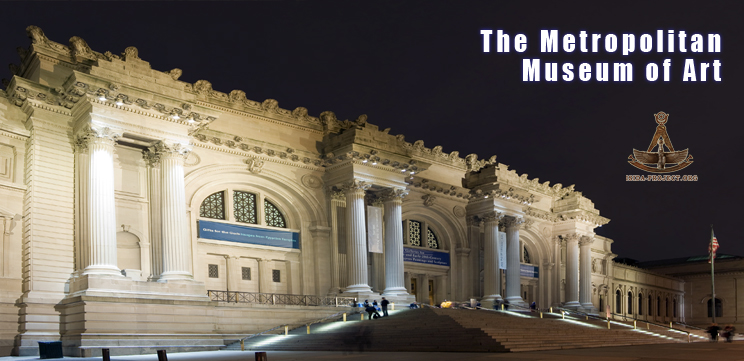
The Metropolitan Museum is located in New York (USA) and it is the one of the largest art museums in the World. It was founded in 1870 by a group of American businessmen and people of art.
Members of our research group ISIDA Project have visited the Metropolitan Museum in New York in July 2014.

Official website
The museum contains a large collection of artifacts, collected from all over the World, but in this report we will focus on only two historical topics - Ancient America and Ancient Egypt.
Ancient American artifacts.
Numerous theories, concerning the use and purpose of the "stone yokies" have not yet found any logical explanation. They were named as "yokies" because of their shape and size, appropriate for buffalo yokie. In the literature, they are also called as the "Totonac" because the most well-preserved items were found in Vera Cruz, where the Totonac Indians tribes lived during the XVI century. All of these artifacts, called "yokies", were made of hard stone. They were also found in Honduras, El Salvador and San Louis Potosi. In most cases, the surface of these artifacts has not any patterns or inscriptions, except those items, which were found in Vera Cruz.
The photos below are showing one of such items, named as "Veracruz Yokie", dated by VII-X AD.
 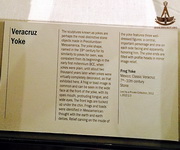  
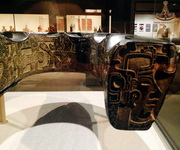 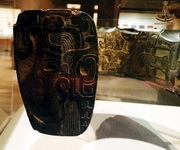  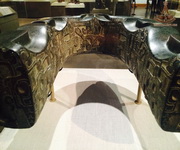
Pendants, named as the "Flying Fish" were found in Colombia, in the Rio Magdalena and presumably belonging to the Tolima culture. All of them are made by gold casting technique and date around X-XV centuries AD. The shape of these artifacts raises many questions, which, in their turn, generates many hypotheses.
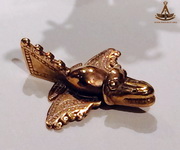   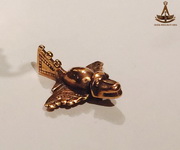
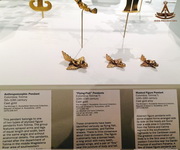  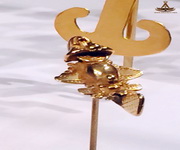 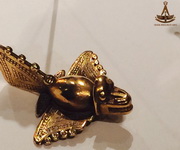
Works in gold made by the Tairona people of the Sierra Nevada de Santa Marta in north Colombia emphasize volume and three-dimensional form. The figure shown here is part of a small group called caciques ("chieftains") because of their flamboyant, awe-inspiring appearance. Caciques range from about one to six inches in height and are among the most spectacular and detailed Precolumbian gold castings. They are hollow, having been cast by the lost-wax method in tumbaga to achieve remarkable detail. Loops in back indicate that they were worn as pendants.
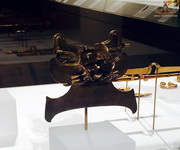 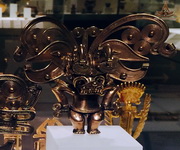 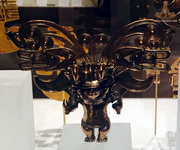 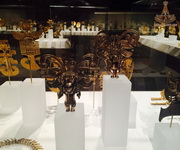
The second photo of the next row shows the double pendant in the form of the bat's heads. It was found in Panama, the city of Parita and dated by the XII-XVI centuries AD. The third photo shows a double pendant in the form of birds. It was found in Makarakas and dated by VIII-XII centuries. Both pendants are made of gold casting method. The fourth photo shows the pendants in the form of stylized figures, dated by the V-X centuries AD.
 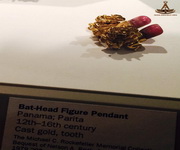  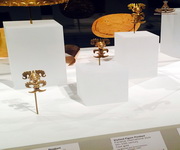
The photographs of the following two rows are showing the golden miniature figurines found in Panama and dated I-XVI centuries. 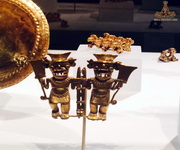   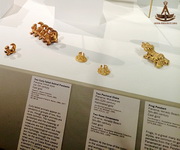
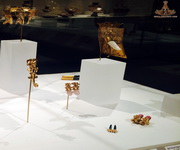 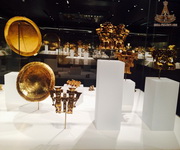 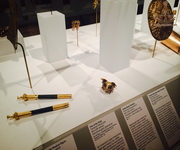 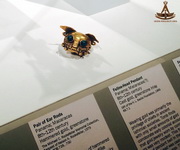
The photos below are depicting the stone artifacts, belonging to Aztec culture, dated by the period of the Middle Ages.
 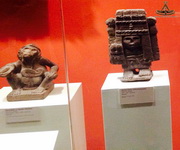  
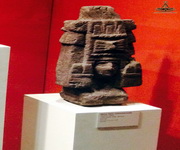  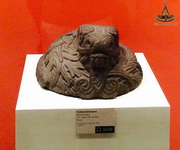 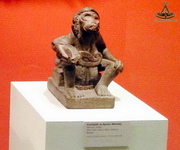
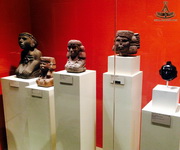   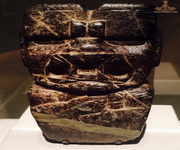
The first photo of the next row is showing the stone stele of the God of the Rain, found in Teotihuacan. Dates approximately by the III-VII century AD.
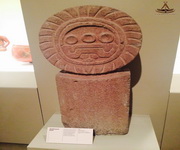 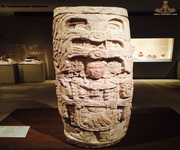 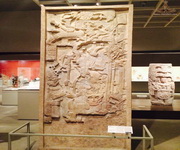 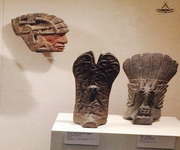
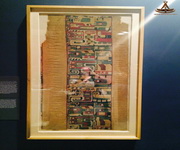 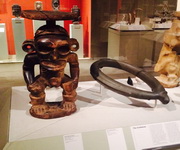 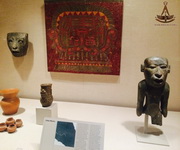 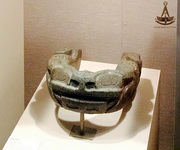
Obsidian head, made by the sculptor in the time of the Aztec (XV-XVI century) makes one admire by its quality.
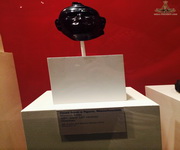  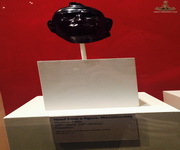 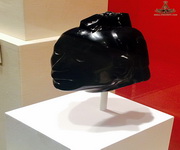
Ancient Egyptian art.
One of the most interesting Egypt artifacts of the museum collection is the Temple of Dendur.
The temple was removed from its original site (about 80 kilometers south of the town of Aswan) in 1963 in order to save it from being submerged by the construction of the Aswan High Dam. In recognition of the American assistance in saving various other monuments, threatened by the dam's construction, Egypt presented the temple and its gate as a gift to the United States of America.
The temple is constructed from sandstone blocks and measures 25 meters from the front stone gate to its rear as well as 8 meters from its lowest to its highest point.
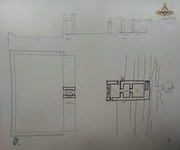 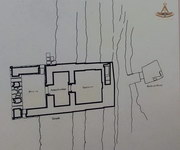  
   
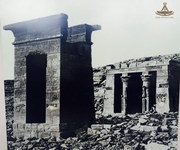 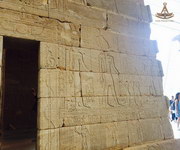  
   
  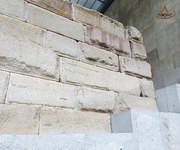 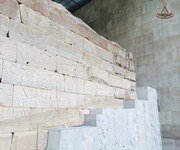
   
  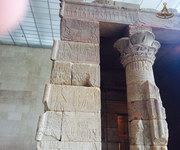 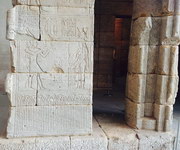
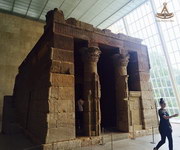   
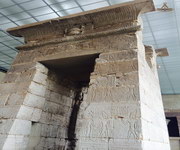   
On the last picture of the previous row and below - there is a collection of artifacts of various Dynastic Periods.
   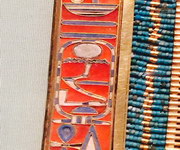
   
  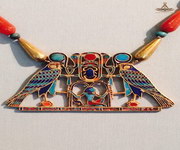 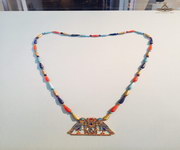
 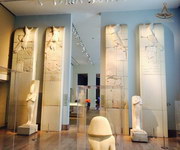 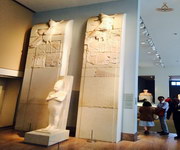 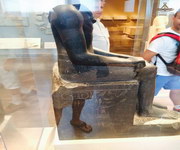
 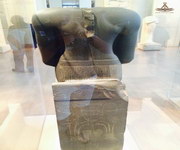  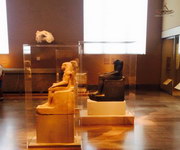
 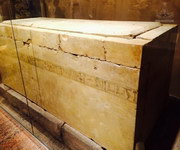 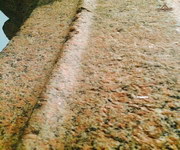 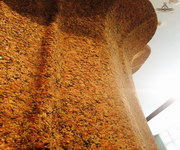
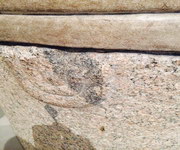 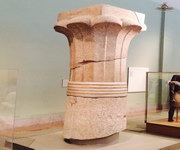 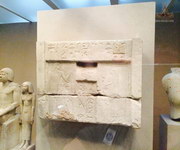 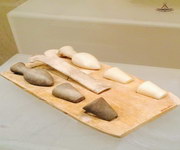
  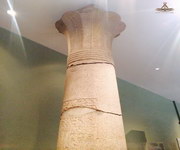 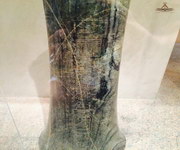
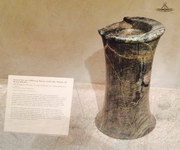 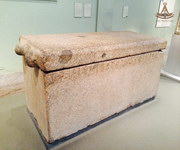 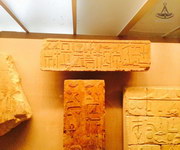 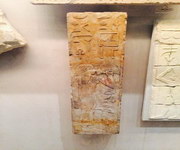
 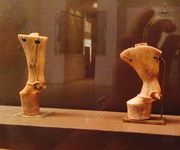 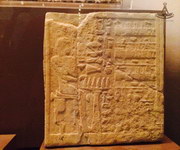 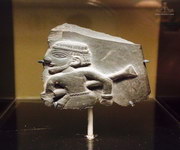
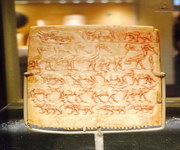 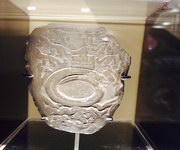  

<< Back to the main page
© Copyright 2014 of ISIDA Project. All rights reserved.
|